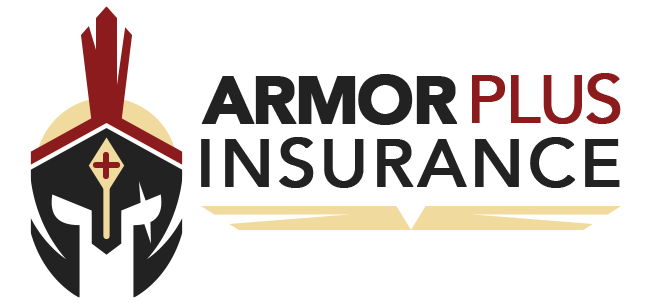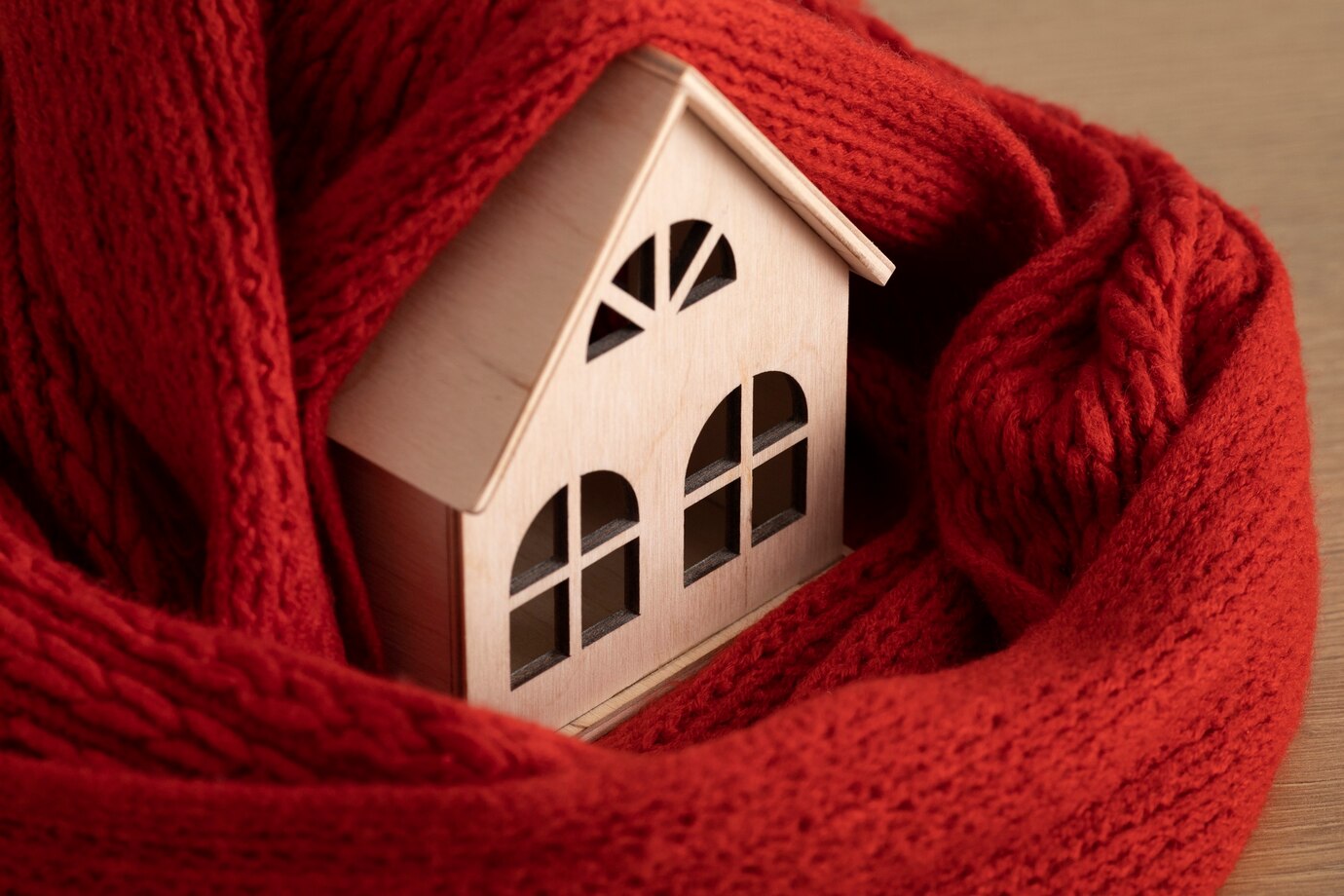Your home is more than just a physical structure—it’s your sanctuary, your haven, and a significant investment. Protecting it against unforeseen events and risks is paramount, and that’s where home insurance comes into play. However, navigating the complexities of home insurance coverage can be daunting. In this guide, we’ll unravel the intricacies of home insurance, helping you understand the various coverage options, limits, and essential aspects to ensure your home and belongings are adequately protected.
Understanding Home Insurance Coverage:
1. Dwelling Coverage: Dwelling coverage is the foundation of a home insurance policy, protecting the structure of your home, including walls, roof, floors, foundation, and attached structures like garages or decks. It provides financial protection against perils such as fire, vandalism, theft, and natural disasters, helping cover the cost of repair or rebuilding in case of damage or destruction.
2. Personal Property Coverage: Personal property coverage safeguards your belongings inside your home, including furniture, clothing, electronics, appliances, and other personal possessions. It extends coverage against theft, damage, or loss caused by covered perils, both inside and outside your home, ensuring you can replace or repair damaged items without bearing the full financial burden.
3. Liability Protection: Liability protection is an essential component of home insurance, offering financial coverage for legal expenses, settlements, or judgments if someone is injured or their property is damaged on your property, and you’re found legally responsible. It also provides coverage for accidents or injuries caused by you or your family members, whether at home or elsewhere.
4. Additional Living Expenses (ALE): Additional living expenses coverage, also known as loss of use coverage, helps cover the cost of temporary living expenses if your home becomes uninhabitable due to a covered loss, such as fire or storm damage. It reimburses you for expenses like hotel bills, restaurant meals, and transportation while your home is being repaired or rebuilt.
Understanding Coverage Limits:
Home insurance policies typically include coverage limits, which represent the maximum amount your insurer will pay for covered losses. It’s essential to understand these limits and ensure they align with your coverage needs and the value of your home and belongings. Review your policy carefully to determine if the coverage limits are adequate, and consider adjusting them if necessary to ensure comprehensive protection.
Additional Coverage Options:
In addition to the core coverages mentioned above, home insurance policies may offer optional endorsements or add-ons to customize your coverage further. These may include:
- Scheduled Personal Property Coverage: Provides additional coverage for high-value items such as jewelry, art, or collectibles.
- Flood Insurance: Offers coverage for flood-related damage, which is typically excluded from standard home insurance policies.
- Earthquake Insurance: Provides coverage for damage caused by earthquakes, which is not covered under most standard policies.
- Sewer Backup Coverage: Protects against damage caused by sewer or drain backups, including cleanup and repair costs.
Home insurance is a critical component of protecting your most valuable asset and providing financial security for you and your family. By understanding the coverage options, limits, and essential aspects of home insurance, you can make informed decisions to ensure your home and belongings are adequately protected against unforeseen events and risks. Take the time to review your policy, assess your coverage needs, and consider additional options or endorsements to tailor your coverage to your unique circumstances. With the right home insurance policy in place, you can enjoy peace of mind knowing that your home is well-protected, no matter what life may bring.

